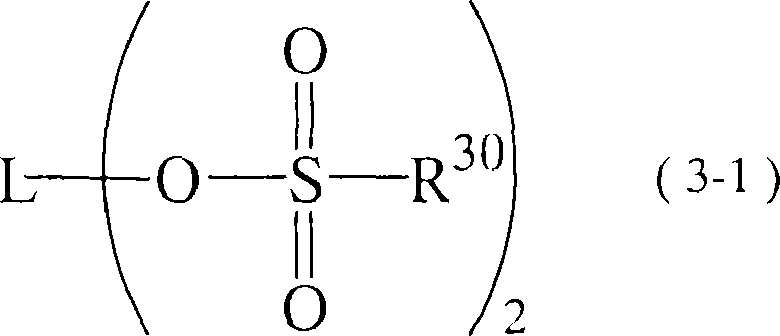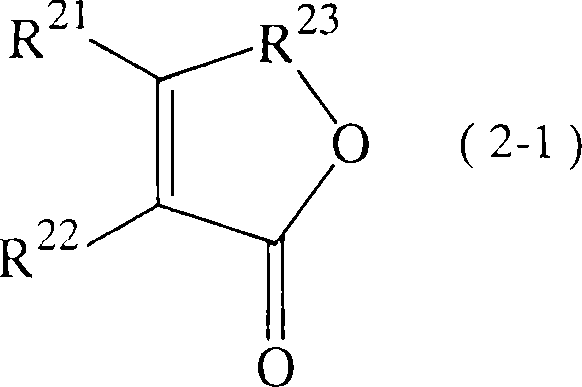Lithium secondary battery
一种锂二次电池、电池端子的技术,应用在二次电池、锂蓄电池、非水电解质蓄电池等方向,能够解决未确认到循环特性的提高等问题,达到抑制气体产生量、提高循环特性的效果
- Summary
- Abstract
- Description
- Claims
- Application Information
AI Technical Summary
Problems solved by technology
Method used
Image
Examples
Embodiment 1-1
[0470] Dissolved in a mixed solvent (mixing volume ratio 1:3) of ethylene carbonate (EC) as a cyclic carbonate and ethylmethyl carbonate (EMC) as a chain carbonate in a ratio of 1 mol / L as Electrolyte LiPF 6 , to obtain a basic electrolyte solution (1-I), in the basic electrolyte solution (1-I), add vinyl ethylene carbonate as a derivative of vinyl ethylene carbonate and as a derivative of vinylene carbonate Vinylene carbonate was used so that their concentrations relative to the non-aqueous electrolytic solution were 2% by weight and 2% by weight, respectively, to prepare a non-aqueous electrolytic solution.
[0471] Using the obtained non-aqueous electrolytic solution, a lithium secondary battery was fabricated according to the above method, and the 4.4V cycle characteristics were evaluated. The results are shown in Table 1-1. In addition, in Table 1-1, the numerical values described in parentheses in the column of vinyl ethylene carbonate derivative, vinylene carbonate ...
Embodiment 1-2
[0473] In the basic electrolytic solution (1-I), vinyl ethylene carbonate as a derivative of vinyl ethylene carbonate and vinylene carbonate as vinylene carbonate are added such that their concentrations relative to the nonaqueous electrolytic solution 0.5% by weight and 1% by weight, respectively, using the non-aqueous electrolytic solution obtained in this way, a lithium secondary battery was produced according to the above-mentioned method, and the 4.4V cycle characteristics were evaluated. The results are shown in Table 1-1.
Embodiment 1-3
[0475] In the basic electrolytic solution (1-I), vinyl ethylene carbonate as a derivative of vinyl ethylene carbonate and vinylene carbonate as vinylene carbonate are added such that their concentrations relative to the nonaqueous electrolytic solution 1% by weight and 1% by weight, respectively, using the non-aqueous electrolytic solution obtained in this way, a lithium secondary battery was produced according to the above-mentioned method, and the 4.4V cycle characteristics were evaluated. The results are shown in Table 1-1.
PUM
| Property | Measurement | Unit |
|---|---|---|
| specific surface area | aaaaa | aaaaa |
| porosity | aaaaa | aaaaa |
| aperture size | aaaaa | aaaaa |
Abstract
Description
Claims
Application Information
 Login to View More
Login to View More - R&D
- Intellectual Property
- Life Sciences
- Materials
- Tech Scout
- Unparalleled Data Quality
- Higher Quality Content
- 60% Fewer Hallucinations
Browse by: Latest US Patents, China's latest patents, Technical Efficacy Thesaurus, Application Domain, Technology Topic, Popular Technical Reports.
© 2025 PatSnap. All rights reserved.Legal|Privacy policy|Modern Slavery Act Transparency Statement|Sitemap|About US| Contact US: help@patsnap.com



